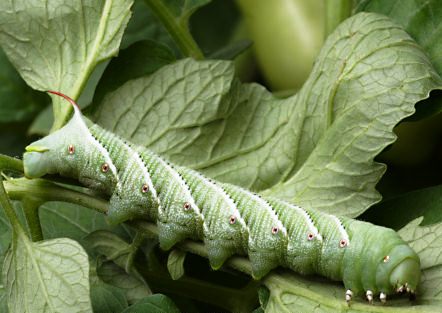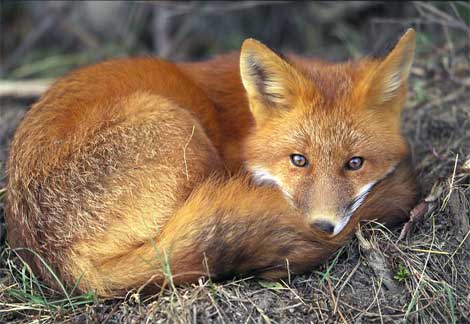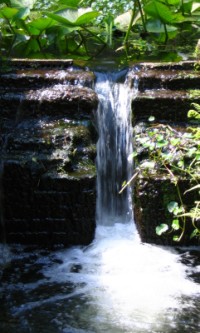One of the great things about Floridian nature is the ability to have a year round garden. For those of you thinking about starting a spring garden the time to get going is now! I started my garden last week and just need to get my green beans going before I am done. You can see the recommended
Florida gardening planner at
Floridian Nature.
Vegetable gardening offers fresh air, sunshine, exercise, enjoyment,
mental therapy, nutritious fresh vegetables, and economic savings, as
well as many other benefits. Gardens may be grown year-round in Florida,
but spring is the preferred season. Statewide there are over 1 million
vegetable gardens, averaging 300 sq. ft. and a retail value of $300.
Vegetable gardeners in Florida are lucky to have lots of sunshine and
mild winters amenable to growing a multitude of food crops most months
of the year. That said, Florida home growers face several challenges
that northern gardeners do not. Florida soils in many locations are
mostly sand and not very fertile. Most garden beds will need to be
amended with compost, manure or commercial mixes to improve water and
nutrient holding. Organic or synthetic fertilizers will also need to be
mixed into the soil to improve fertility.
Compost home yard and kitchen waste to use in the garden each season, or
obtain free compost from the local landfill, if available. For further
information on Florida gardening, you may want to purchase a book from
our
Florida Nature
Library.
Site - Locate the garden near the house for convenience on a site close
to a source of water with at least 6 hours of direct sunlight. With
proper care, vegetables may also be included in the landscape among
ornamental plants. Where possible, practice site rotation for weed and
other pest control. Coastal sites are also suitable.
Soil Preparation - While most gardeners plant on whatever soil type is
available in the garden plot, you may improve your soil by bringing in
topsoil or a soil mix, or by applying liberal amounts of organic
materials. Spade or plow the plot at least 3 weeks before planting. Then
rework the soil into a fine firm seedbed at planting time.
Organic Matter - Most Florida soils benefit from applications of various
forms of organics such as animal manure, rotted leaves, compost, and
cover crops. Thoroughly mix liberal amounts of organics in the soil well
in advance of planting, preferably at least a month before seeding.
Spread 25 to 100 pounds of compost or animal manure per 100 sq. ft. if
you do not expect to use inorganic fertilizer. Well-composted organics
may be applied at planting time. Due to inconsistent levels of nutrients
in compost, accompanying applications of balanced inorganic fertilizer
may be beneficial. Organic amendments low in nitrogen, such as composted
yard trash, must be accompanied by fertilizer to avoid plant stunting.

Watch out for garden pests. I had horn worms eat my all my tomatoes practically overnight. he tomato or tobacco hornworm starts life as tiny larva, but very
quickly it can grow to 4 inches long and as thick as your index finger
as it munches through your garden. One hornworm can defoliate an entire
tomato plant if it isn't stopped in time. The amount they can eat in twenty four hours
is incredible! Tomato hornworms feed only on solanaceous plants, most
often on tomato. However, larvae will also attack eggplant, pepper, and
potato. There are many solonaceous weeds that also serve as alternate
hosts, including: horsenettle, jimsonweed and nightshade. Eggs of the
tomato hornworm are deposited singly on both the lower and upper surface
of leaves in late spring. The eggs hatch in six to eight days and are
oval, smooth, light green to yellow in color, and measure 0.10 cm in
diameter. The caterpillar reaches the final instar in 3-4 weeks, and is
3 1/2 to 4 inches when fully mature. Fully-grown larvae then drop off of
the plants and burrow into the soil to pupate. During the summer months,
moths will emerge from pupae in about 2 weeks. Moths emerge from the
soil, mate, and then begin to deposit the eggs of the next generation on
tomato plants. By early fall, the pupae will remain in the soil all
winter and emerge as a moth the following spring.
Be sure to choose
varieties that are well adapted to Florida’s climate and the typical
pests and diseases found there. The seeds and transplants found in
retail stores may not be appropriate for Florida as they are often
ordered in bulk for the whole country. It is a good idea to research
varieties before making a decision, and ordering seeds that have the
highest likelihood of yielding a good crop in Florida. Make sure to
plant warm season crops and cool season crops at the appropriate times
or results will be sure to disappoint.



